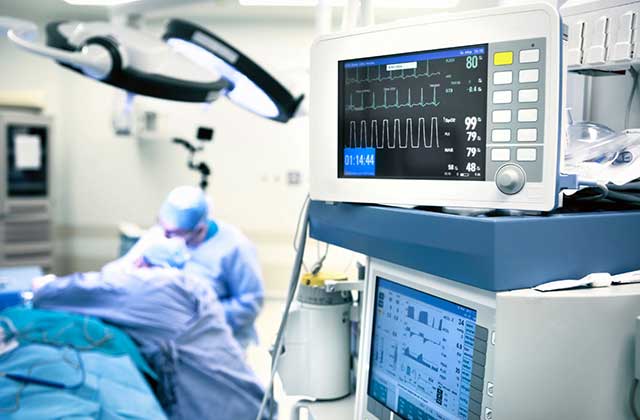Having a clean, sanitized environment must be top priority for every healthcare facility, because it’s the best way to prevent the spread of germs and infections. Medical equipment used in hospitals should therefore be as clean as possible, because they can also transfer unwanted micro-organisms from patient to patient. So why does sanitization matter for medical equipment.
Computer Technology in Healthcare
The introduction of computer technology is healthcare has enhanced the capabilities of doctors and nurses, and improved patient satisfaction. Mobile nursing carts, medical tablets, bedside computers, touch pads … these are just a few of the medical equipment that are used every day in hospitals, and other healthcare facilities.
Although many of these devices are useful and save time, they do have drawbacks, because they can attract microscopic life forms and become contaminated. What’s the answer? Regular sanitization!
Why Does Sanitization Matter for Medical Equipment?
Sanitization of medical equipment matters, because it helps prevent the spread of healthcare-associated infections. Healthcare-associated infections are bacterial, fungal, or viral infections that are acquired within a hospital or healthcare facility. Since patients are already in need of care, healthcare-associated infections may end up claiming lives.
Medical devices are shared by hospital staff and frequently handled, and since it’s been confirmed that electronic devices are home to thousands of microbes, it’s important that they are cleaned and disinfected often.
Medical equipment easily attract microbes that can’t be seen with the naked eye. These micro-organisms have the potential to spread colds, flu and more serious illnesses. This can result in patients spending more time than expected in the hospital, and push up the cost of medical care.
Consequently, all medical equipment used in hospitals should be properly sanitized to prevent the spread of infections or diseases. This should be done with the use of medical grade disinfectant that is specially formulated to sterilize and disinfect medical equipment, and destroy all types of microbial life.
When disinfecting medical equipment, it’s important to select the right cleaning product for the job. In addition, the equipment must be sanitized using proper cleaning techniques, so that surfaces are suitably cleaned.
Equipment such as mobile nursing carts create a welcoming environment for microbes, as they are constantly in use. That’s why they should be disinfected every shift, and cleaning should focus on areas such as the keyboard, general surface area, mouse, and attachments. A more comprehensive cleaning should be done weekly to get rid of dust and debris.
When purchasing medical devices healthcare facilities should ensure that they are durable enough to withstand the rigors of sanitization. They should meet industry standards so that they will not degrade as a result of the constant cleaning.
Considering the significant benefits medical devices bring to healthcare, every effort should be made to control the spread of germs and bacteria.
The reality is that hospitals have a lot of high-touch medical equipment that must be disinfected often. This is the most effective way to minimize the transfer of germs, and limit hospital associated infections, so that everyone is protected.
Keeping medical equipment sanitized is important, but it is also essential to select medical devices that meet the standards set for the healthcare industry.
Selecting medical devices
Choosing medical devices that have an antimicrobial surface is also helpful in preventing the spread of infections in healthcare facilities.
Medical grade devices are built with an antimicrobial surface that discourages the growth of microbes, and pathogens. These devices are also sealed to meet medical industry standards, and this helps to prevent the seepage of disinfectants into the components. The seepage of cleaning agents into medical devices can cause them to malfunction, and shorten their lifespan.
When medical devices are properly sealed, bacteria can’t find their way into the inner components, and this makes the environment safer for everyone concerned. Medical computers should also have a fanless design, as this will safeguard against the introduction of airborne bacteria or dust into the sterile environment of the healthcare facility.
